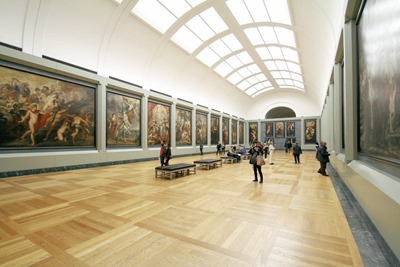 The preservation of the UK’s water, waste treatment and collection systems are essential to the smooth running of the country and the economy. However, in light of increasing terrorist attacks in recent years around the world, securing these sites is now more important than ever.
The preservation of the UK’s water, waste treatment and collection systems are essential to the smooth running of the country and the economy. However, in light of increasing terrorist attacks in recent years around the world, securing these sites is now more important than ever.
Terrorists aim to cause maximum disruption and fear with an attack, which makes attacking the UK’s infrastructure a prize target. Water is a fundamental resource and without an abundance of safe water to access we face serious risks to human welfare, as well as disruption to businesses, hospitals, schools and other critical elements of the UK’s infrastructure.
Across the many water sources in the UK including wells, lakes, streams, reservoirs and rivers, and waste treatment works there needs to be strict security protocols as well as guidelines and crisis strategies to follow to ensure that the UK’s water supply is protected from terrorist threats and that the infrastructure can be sustained if an attack compromises it.
If terrorists are able to successfully infiltrate UK water sites then the potential risk is that they contaminate those water sources with toxic chemicals such as heavy metals, insecticides, industrial chemicals, toxins, biological agents or war agents. Any contamination could then pass through major pipelines and make its way to the public causing mass casualties.
While attacks on water infrastructure are less common than other forms of terrorist attacks, there have been at least 15 incidents since 2002. These include a 2008 attack in Virginia where a man was arrested trying to poison the water supply system with cyanide and a 2010 incident in Durham, England when two men were convicted of trying to poison water sources with ricin. Indeed, documents sized during the operation to assassinate Osama Bin Laden revealed plans for poisoning water resources, further proving that it is important to stay vigilant.
The first place to start when it comes to defending the UK’s water infrastructure is perimeter security. When organisations install strong perimeter security it will prevent unauthorised groups or individuals from ever gaining access to their site in the first place, stopping them from carrying out an attack.
Throughout the country there are many public water sources that are easily accessible, as well as private sites. Every site has its own unique features, so a comprehensive 360-degree approach should be employed that includes a combination of solutions like heavy-duty gates, bollards, barriers, rising kerbs, fencing, CCTV, thermal imaging and manned guarding.
Strong perimeter security can act as a deterrent to terrorists seeking to gain entry to a site, while interior protections can be used to limit access to individuals who have been granted access, so that they are only able to visit the places you are sure they need to go. For pedestrians, access can be limited through tools such as keypads, biometrics and fobs, while traffic can be controlled through automatic barriers, bollards and rising kerbs that ensure traffic can only go in the specified directions.
It can be difficult to know where to start when it comes to deciding which security strategies are going to be most effective at a site, which is why it is important to begin with a risk assessment. Here at Gateway Automation we can provide you with a free, no-obligation quotation and feasibility survey to assess your perimeter security requirements. To find out more please contact Gateway Automation on 01522 682255. Alternatively, our brochure can be downloaded here: http://www.gatewayautomation.co.uk/brochure/.




Recent Comments